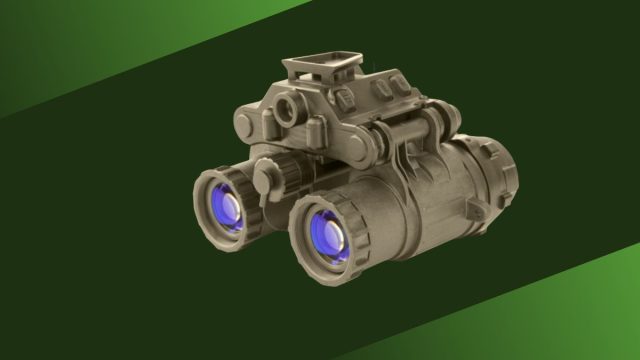With the use of infrared thermography, it is possible to find little issues before they become failures. Some equipment issues in industrial environments can be identified by strange vibrations or noises, but many other issues lack such blatant indicators. You can identify them by using the thermal patterns of most electrical issues. If these issues are not found, they may cause device failure or pose a more significant electrical hazard. Finding moisture issues in walls and ceilings before they worsen to the point where building contents are harmed or destroyed may be quite challenging.
An infrared imaging device can minimize damage to buildings and contents, reduce unexpected downtime, and accelerate diagnostics in all of these scenarios. Because it may be applied to an array of purposes, thermal optics has several benefits.
- Most kinds of equipment
- Gathering information from a secure distance while in a dangerous area
- Swiftly scanning vast surfaces like ceilings, walls, and roofs
- Collecting information without affecting production
- Rapid detection of anomalies in particular areas
- Finding issues early to prevent failure
The following benefits are produced specifically for troubleshooting, preventive maintenance, and predictive maintenance:
Contents [show]
1. Increased dependability
More precise data makes it simpler for maintenance staff to address issues before they cause major losses, greatly minimizing unplanned downtime.
2. Enhanced safety
Techs can frequently examine without coming into close touch with the machinery or stopping it in its tracks. They could also be able to check ceilings and ducts without needing to utilize a lift or climb ladders.
3. Improved repair assurance
A technician can swiftly scan a structural region or repaired component with an infrared imaging device to either confirm that the replacement was successful or find small indications that more repair work is required.
4. Increased output quantity and quality
Infrared thermography can be used for preventative or predictive maintenance to reduce equipment breakdowns and failures and to maintain the highest levels of production effectiveness and security.
5. Successful installation and commissioning of new systems
Infrared thermography is often used to record the state of a building’s insulation, steam line, roof, HVAC system, or new motor-control center at the time of acceptance. This baseline data can be used as a foundation for evaluation at a later date or to confirm the manufacturer’s performance parameters. A thermal picture can also reveal possible installation flaws, enabling any issues to be fixed right away or evaluated until a fix is planned.
6. Keep track of equipment degradation
A thermal imager may be used to check your equipment’s attributes and state against predefined tolerances. This will enable you to fix or substitute the decaying parts before they fail and may result in unscheduled downtime. It will also assist forecast prospective faults or failures.
To Conclude
People can use thermal cameras to view heat radiation that cannot be seen with the naked eye—invisible heat radiation that all things, regardless of illumination, emit or reflect. You can get more information on thermal optics at www.plomotactical.com.
Security is one of the areas where thermal imaging has the most to offer. Several significant enterprises in the country now use security cameras as a standard form of protection, and in this environment, the ability to capture high-quality pictures is essential to ensuring continual defense against prospective invaders. In difficult circumstances, thermal cameras provide excellent protection.


